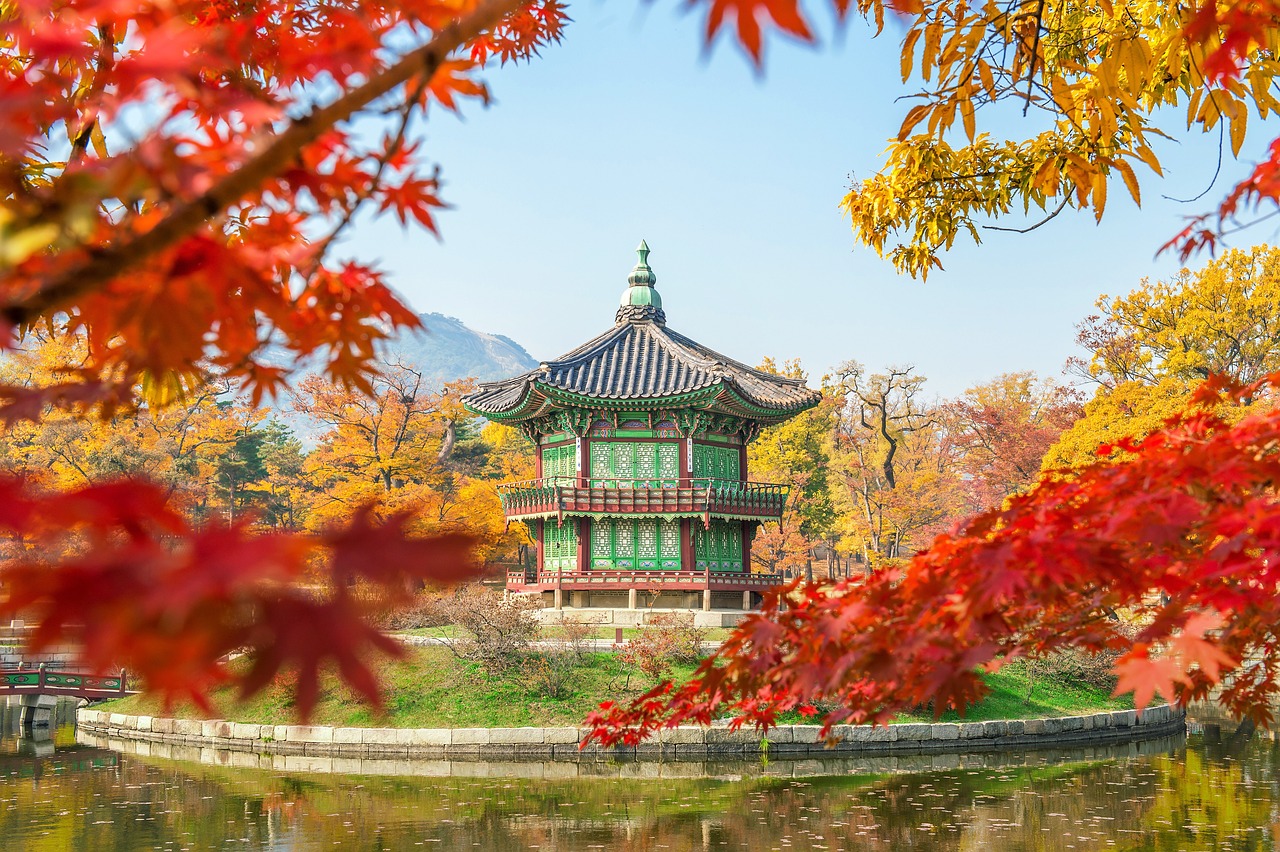
North Korean Troops in Ukraine: What It Means for the War
The Escalation of the Ukrainian Conflict The escalation of the conflict has long been signaled by Ukrainian President Volodymyr Zelensky and his Western allies.

Ukrainian President Volodymyr Zelensky has reported a significant development in the ongoing military operations against Russia. He claims that Ukraine’s incursion into the Kursk region is effectively restraining 50,000 Russian troops, thereby limiting Moscow’s capacity to launch attacks within Ukraine. Zelensky’s assertion underscores a strategic goal that has faced skepticism from some of Ukraine’s Western allies.
In early August, when Ukraine initiated its unexpected offensive, the Institute for the Study of War noted that 11,000 Russian troops were stationed in Kursk. Recent reports indicate that Russia has managed to bolster its troop presence without redeploying forces from other fronts in Ukraine. The New York Times suggests that North Korean soldiers are also being integrated into the Russian ranks in Kursk as part of an impending counter-offensive.
Zelensky emphasized the importance of this operation during his daily address, revealing that he had been updated by General Oleksandr Syrskyy, the Commander-in-Chief of Ukrainian Armed Forces. The General remarked that without Ukrainian forces actively engaging in Kursk, overwhelming numbers from elite Russian assault units would likely be attacking Ukrainian positions in Donetsk, a critical conflict zone since 2014.
Zelensky claimed, “Our men are holding back… 50,000 of the occupier’s army personnel who cannot be deployed to other offensive directions on our territory.”
This defensive posture aims to maintain stability amidst ongoing fighting in Donetsk, where both sides have accused each other of damaging infrastructure near Kurakhove.
As tensions persist, the New York Times reported that 50,000 troops—including North Korean forces—are being mobilized for Russia’s anticipated counter-offensive. This situation allows Russia to engage on multiple fronts without diverting resources from its primary battle zones.
Furthermore, reports indicate that North Korean leader Kim Jong-un has ratified a defense treaty with Russia, reflecting the strengthening ties between these two nations since Russia’s isolation following its invasion of Ukraine.
The geopolitical landscape continues to evolve as NATO Secretary General Mark Rutte highlighted concerns regarding military technology exchanges between North Korea and Russia aimed at circumventing international sanctions.
Looking ahead, these developments raise questions about the future dynamics of the conflict as external influences and military strategies shift. The situation remains fluid as both Ukraine and its allies monitor Moscow’s increasing reliance on North Korean support amid ongoing hostilities.

The Escalation of the Ukrainian Conflict The escalation of the conflict has long been signaled by Ukrainian President Volodymyr Zelensky and his Western allies.

Trump’s Tariff Plans: A Day-One Agenda Against Drug and Human Trafficking In a bold move to combat drug and human smuggling, President-elect Donald Trump has announced plans to impose significant tariffs on Mexico, Canada, and China immediately after his inauguration on January 20.